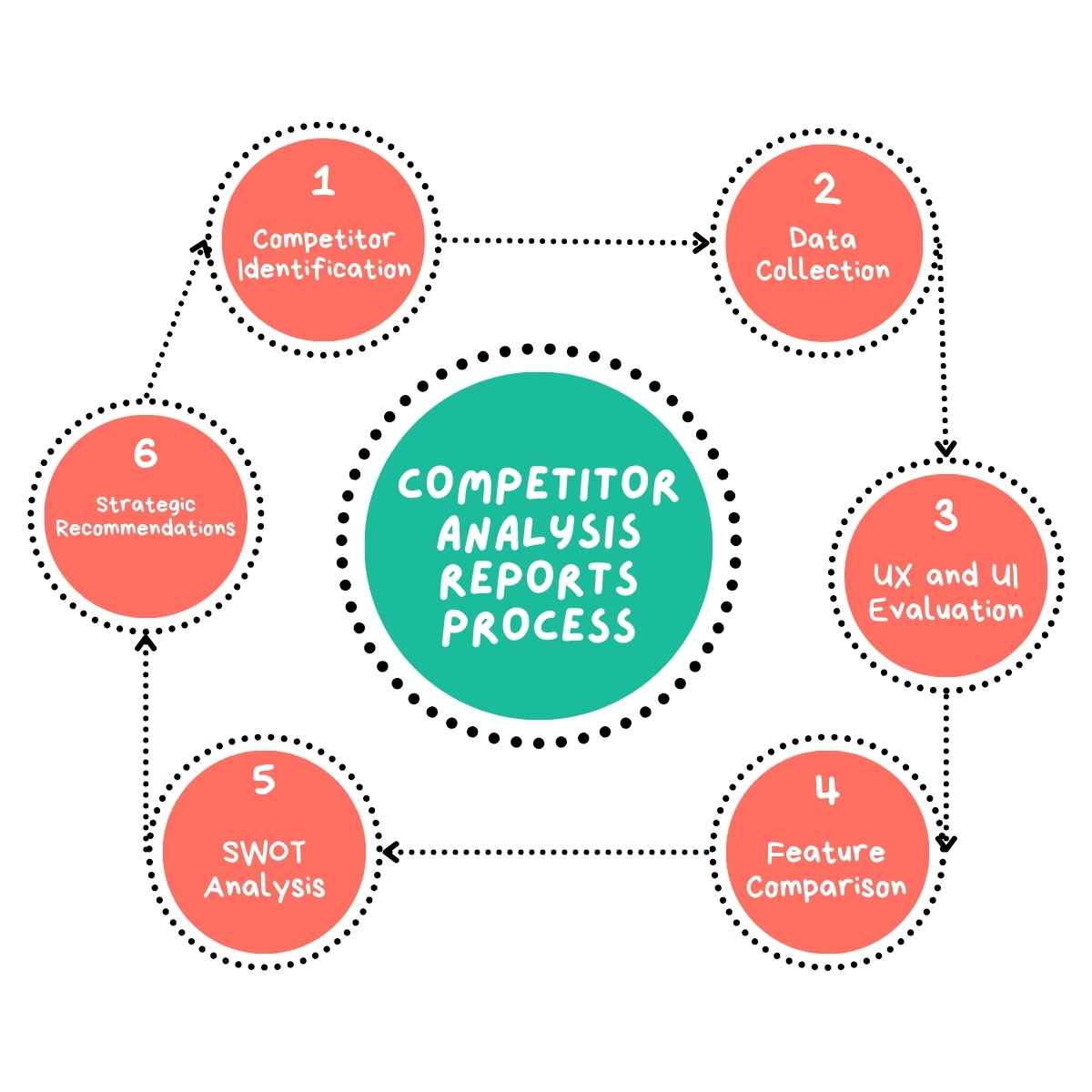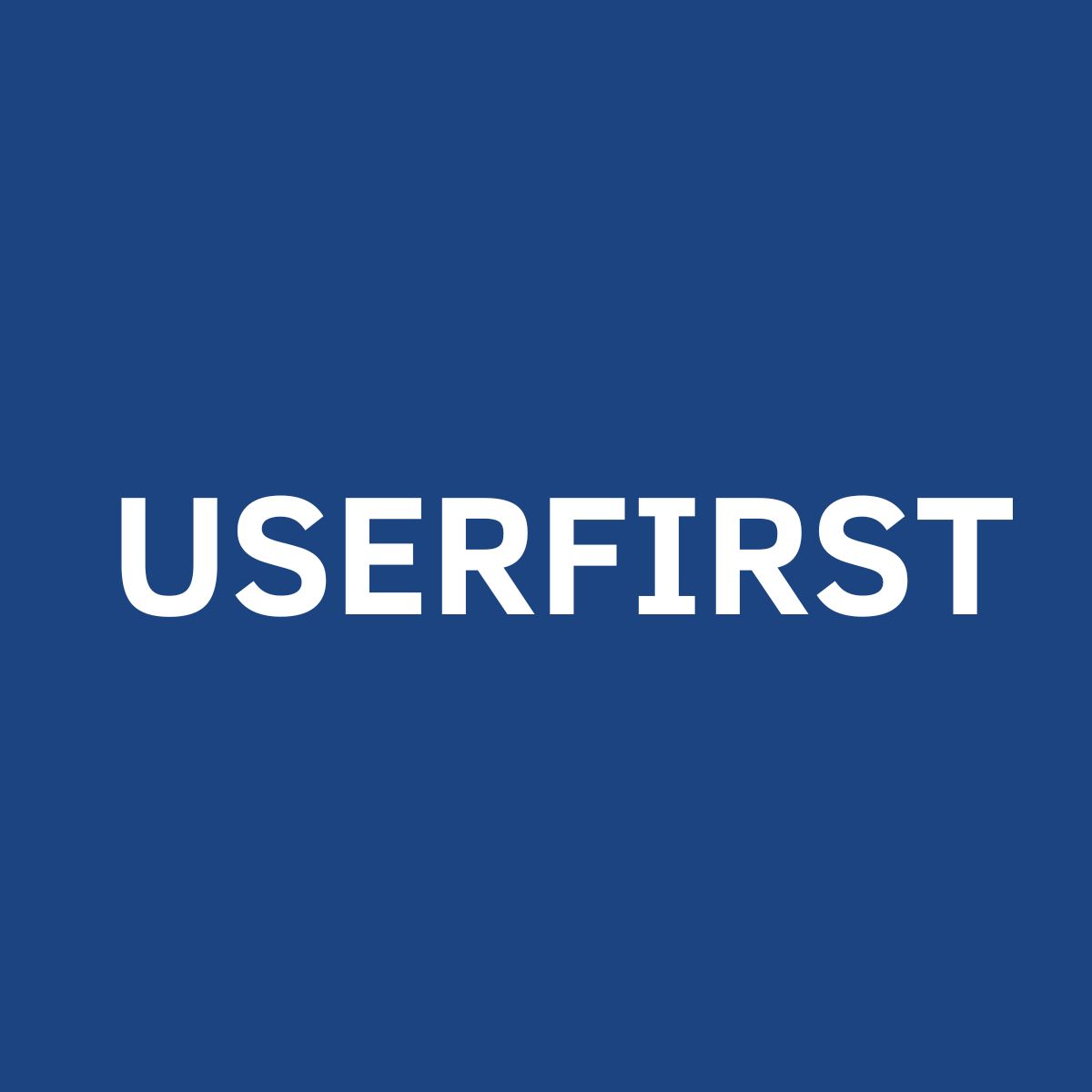Transform your market position with data-driven competitor insights.. Competitor Analysis Reports are designed to help you understand how your product stacks up against the competition.
Who Requires a Competitor Analysis Report?
- Product managers seeking market differentiation
- UX teams benchmarking design solutions
- Digital strategists planning roadmap priorities
- Marketing directors allocating UX budgets
- Startup founders validating market opportunities
- Design leaders pitching for resource investment
A Competitor Analysis Report evaluates and benchmarks your product against key competitors in the market. This report provides detailed insights into how your product performs in comparison, highlighting strengths and weaknesses relative to others in your industry.
Overview of Competitors
✔️ Summary of key competitors in your industry
✔️ Provides context about main players, including market position, product offerings, and target audience
✔️ Sets the stage for a detailed comparison
Feature Comparison
✔️ Detailed comparison of features and functionalities between your product and competitors
✔️ Identifies unique features of your product and industry standards
✔️ Highlights your product’s strengths and potential gaps
Usability Evaluation
✔️ Assessment of the usability of competitor products
✔️ Evaluates user-friendliness of competitors’ products compared to yours
✔️ Includes analysis of navigation, design, and overall user experience
Strategic Insights
✔️ Key takeaways and strategic recommendations based on analysis
✔️ Provides actionable insights to guide product development and marketing strategies
✔️ Identifies opportunities for differentiation and potential areas for improvement

Why Card Sorting Reports Matter
✓ Evidence-Based Decisions: Card sorting and competitor research help teams make informed design decisions, increasing the likelihood of market success (Nielsen Norman Group, 2023)
✓ Cost Savings: Learning from competitor successes and failures reduces wasted feature development, saving organisations significant costs (UX Collective, 2021)
✓ Development Efficiency: Understanding user mental models through card sorting accelerates product development and improves usability (Interaction Design Foundation, 2023)
In-depth competitor analysis reveals market gaps and unmet customer needs, enabling businesses to identify untapped opportunities and differentiate their offerings effectively (FrictionlessHQ, 2025).
Benefits of Competitor Analysis Reporting
Competitor Analysis Reports Process

Competitor Identification: I conduct thorough market research to identify direct and indirect competitors.
Data Collection: I gather extensive data on each competitor, including their product features, pricing strategies, marketing approaches, user experience, and customer feedback.
UX and UI Evaluation: I perform a detailed analysis of each competitor’s user interface and overall user experience.
Feature Comparison: I create a comprehensive feature matrix, comparing our product against competitors across key functionalities and attributes.
SWOT Analysis: I conduct a SWOT (Strengths, Weaknesses, Opportunities, Threats) analysis for each major competitor, as well as for our own product.
Report Compilation and Strategic Recommendations: I synthesise all gathered information into a clear, actionable report.
Why Choose UserFirst UX for Your Competitor Analysis?
With extensive experience in competitor analysis and a commitment to delivering actionable insights, I provide reports that are tailored to your specific needs. My approach ensures that you gain a clear understanding of your competitive position and strategic opportunities.
Expert Analysis
Benefit from my years of experience in UX research and market analysis
Actionable Insights
Receive clear, implementable recommendations to improve your competitive edge
Tailored Approach
Each competitor analysis is customised to your specific product and industry
Comprehensive Reports
Get detailed, easy-to-understand reports that cover all aspects of the competitive landscape
Ready to See How Your Product Compares to the Competition?
Contact me today to schedule your competitor analysis.
